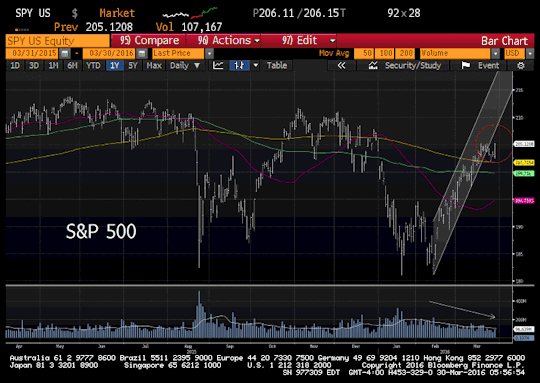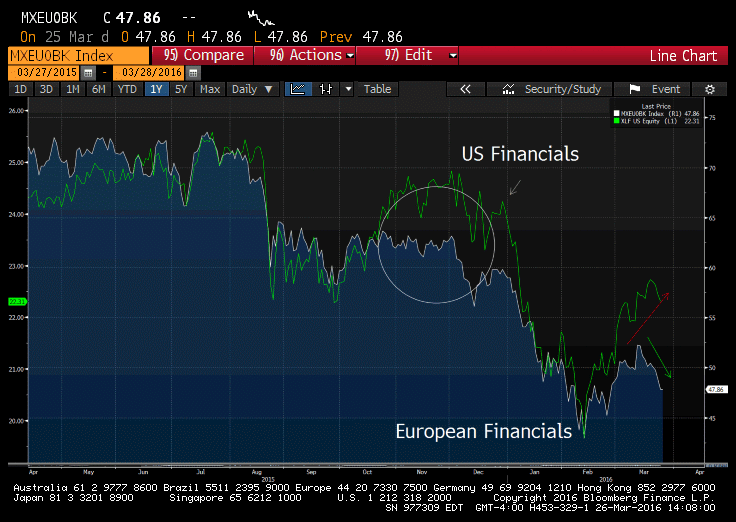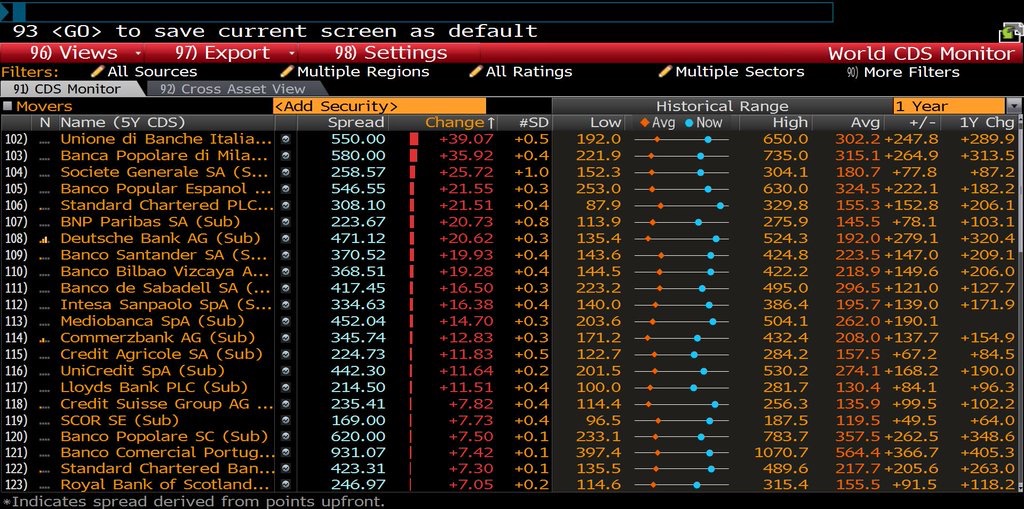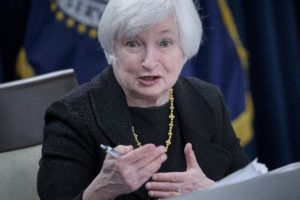“A democracy will continue to exist up until the time that voters discover they can vote themselves generous gifts from the public treasury. From that moment on, the majority always votes for the candidates who promise the most benefits from the public treasury, with the result that every democracy will finally collapse due to loose fiscal policy, which is always followed by a dictatorship.”
Alexis de Tocqueville 1835
As we head into 2014, you may be asking why we are concerned about a small island located in the Caribbean Sea, about a thousand miles southeast of Miami. Geographically, it is a mere speck on the map… practically irrelevant. In fact, 70 islands the size of Puerto Rico could fit comfortably into the state of Texas. However, the debt burden currently burying this economy may eventually send nasty tremors into the United States’ municipal bond market.
Surprisingly, of all the US muni bond funds, a staggering 75% of them are lending money to Puerto Rico, leaving millions of US investors and a large portion of US brokerage accounts exposed to this beleaguered little island. We suspect Puerto Rico will become America’s Greece. If swans could fly this far south, they would without question be the color of night.
2014 Tail Risk
Texas’s state government debt is relatively modest, near $40 billion, or $1,577 per resident. Puerto Rico’s public debt of $53 billion is nearly $15,000 per person, but when we add inter-governmental debt the mountain rises to $70 billion, or $17,500 per person. Throw in a violently under-funded pension and healthcare obligations, the noose approaches $160 billion. That’s $46,000 per person, enough to make one think about trying a swim for Miami.
Quantitative Easing: Deadly Side Effects
Puerto Rico, a mere rectangle 100 miles long by 35 miles wide, the smallest and most eastern island of the Greater Antilles, is the 3rd largest municipal bond issuer after California and New York. That is a mind-blowing statistic. But Puerto Rican bonds are free from all State, Federal and local taxes, a very attractive investment for US investors with a thirst for yield. This is one side effect of low interest rates and quantitative easing coming out of the Federal Reserve; American investors have become this island’s great enabler from the north. Similar to 2007, when investors were reaching for yield in toxic subprime mortgage CDOs, today this song is playing again. This time in Spanish. A colossal reach for yield has enabled politicians in Puerto Rico to run up a dangerous bill, and the music is about to stop.
Continue reading COULD A PUERTO RICO DEFAULT HAMMER THE $3.7 TRILLION U.S. MUNI BOND MARKET IN 2014? →






